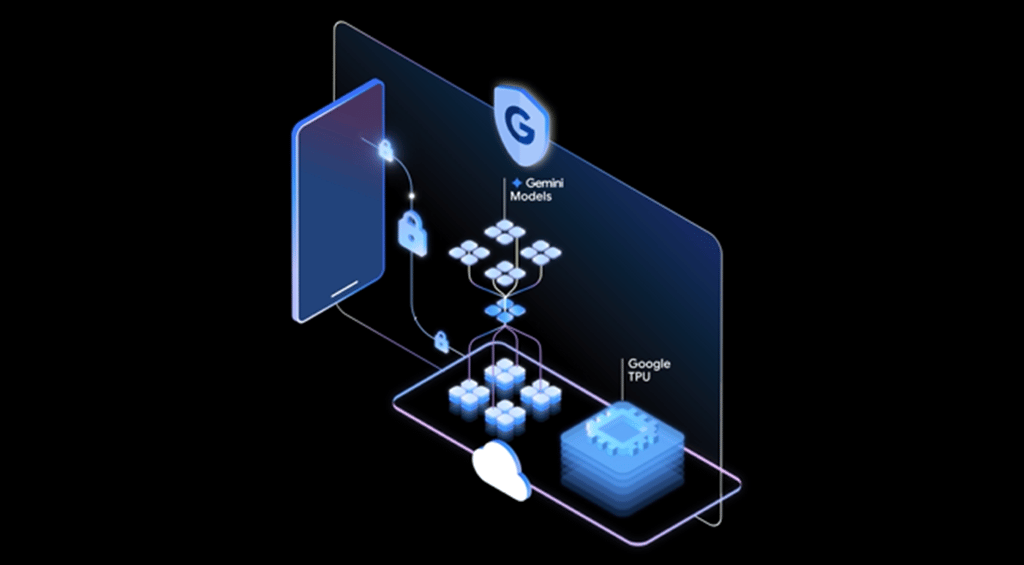Datamation content and product recommendations are
editorially independent. We may make money when you click on links
to our partners.
Learn More
In recent years, the open source OpenStack platform has become a major force in cloud computing. OpenStack’s backers including the biggest names in IT including Dell, HP, IBM, Cisco, AT&T and many others.
Today the seventh major milestone release of OpenStack is officially becoming generally available. The OpenStack Grizzly release comes after six months of active development with some 7,620 patches contributed from 517 contributors.
Cloud Storage and Backup Benefits
Protecting your company’s data is critical. Cloud storage with automated backup is scalable, flexible and provides peace of mind. Cobalt Iron’s enterprise-grade backup and recovery solution is known for its hands-free automation and reliability, at a lower cost. Cloud backup that just works.
SCHEDULE FREE CONSULT/DEMO
Jonathan Bryce, Executive Director of the OpenStack Foundation told Datamation that maturity and scalability are key themes of the Grizzly release.
“OpenStack continues to be a center of innovation for a lot of technology companies,” Bryce said.
OpenStack is a multi-stakeholder effort, and with Grizzly the promise of full multi-hypervisor support is being realized. While the open source Xen and KVM virtualization hypervisors have been at the core of OpenStack’s Nova compute project throughout the history of the project, with Grizzly, Microsoft’s Hyper-V and VMware ESX are now part of the mix as well.
Microsoft had previously been supported by OpenStack and was actually removed in February of 2012. Bryce noted that times have changed, and there is a team at Microsoft that has been very active in helping to provide Hyper-V support in OpenStack. Microsoft to date, however, has not joined the OpenStack Foundation as a member company. Bryce noted that membership in the Foundation is not a requirement for participation and the Foundation has not taken a ‘heavy-handed’ approach to getting companies to directly sponsor the Foundation either.
Scalability
The Grizzly release provides a number of new capabilities that will have a direct impact on cloud scalability.
One such capability is the Cells feature in the Nova Compute module that will enable multiple Nova Compute modules to be managed by a single Nova API. The other is a Load Balancing as a Service (LBaaS) capability in the Quantum Networking module.
“Compute Cells are really about scaling OpenStack itself,” Bryce explained. “It enables an aggregation layer on top of multiple OpenStack deployments that can be fed into a single API endpoint.”
In contrast, Bryce noted that the LBaaS capability is a framework in Quantum that is focused on scaling applications that might be running in a cloud, versus scaling the cloud itself.
“LBaaS lets you provision load balancers and IPs, then direct traffic to those IPs split across multiple end point behind the load balancer,” Bryce said.
The LBaaS work in the Grizzly release is a framework that Bryce expects will be further expanded and realized in the next OpenStack release, six months from now, with additional plug-ins.
Storage
Among the new storage capabilities debuting in OpenStack Grizzly is a Cross-Origin Resource Sharing (CORS) feature in the OpenStack Swift storage project.
“CORS delivers a huge advantage if you are using object storage behind a web application,” Bryce said. “Previously with a web application, all the connections would come through a web server then the server would need to make a connection to the object storage system to get a response.”
With CORS, the model is significantly more efficient. In the CORS model, a web server is able to make a handoff to another system with the browser client.
“So the web browser can go directly to the back end system and get the data from there,” Bryce explained. “It means better performance and avoids the need to go through an unnecessary intermediary with the web application.”
Dashboard
OpenStack has also improved the Horizon Dashboard project that was first integrated in the OpenStack Essex release in April of 2012.
The new Grizzly Horizon Dashboard can be used to monitor OpenStack Grizzly cloud deployments as well as the previous OpenStack Folsom based cloud deployments.
“The Grizzly Dashboard has some nice improvements in the user interface and user experience in terms workflows and the way that networks are managed,” Bryce said.
Cloud Interoperability
As OpenStack continues to gain in popularity and deployment, the need for OpenStack cloud interoperability is increasingly important.
The OpenStack development community aggressively tests code, though the full implementation of cross-OpenStack cloud interoperability is still a work in progress.
“Everyone that is involved in OpenStack agrees that to reach the maximum potential of OpenStack, making sure that there is some way to tie OpenStack clouds together, whether they are public or private, is a really critical piece of the story,” Bryce said. “The details of how we test that are still being worked out, but that’s the goal.”
Sean Michael Kerner is a senior editor at InternetNews.com, the news service of the IT Business Edge Network, the network for technology professionals Follow him on Twitter @TechJournalist.
-
Huawei’s AI Update: Things Are Moving Faster Than We Think
FEATURE | By Rob Enderle,
December 04, 2020
-
Keeping Machine Learning Algorithms Honest in the ‘Ethics-First’ Era
ARTIFICIAL INTELLIGENCE | By Guest Author,
November 18, 2020
-
Key Trends in Chatbots and RPA
FEATURE | By Guest Author,
November 10, 2020
-
Top 10 AIOps Companies
FEATURE | By Samuel Greengard,
November 05, 2020
-
What is Text Analysis?
ARTIFICIAL INTELLIGENCE | By Guest Author,
November 02, 2020
-
How Intel’s Work With Autonomous Cars Could Redefine General Purpose AI
ARTIFICIAL INTELLIGENCE | By Rob Enderle,
October 29, 2020
-
Dell Technologies World: Weaving Together Human And Machine Interaction For AI And Robotics
ARTIFICIAL INTELLIGENCE | By Rob Enderle,
October 23, 2020
-
The Super Moderator, or How IBM Project Debater Could Save Social Media
FEATURE | By Rob Enderle,
October 16, 2020
-
Top 10 Chatbot Platforms
FEATURE | By Cynthia Harvey,
October 07, 2020
-
Finding a Career Path in AI
ARTIFICIAL INTELLIGENCE | By Guest Author,
October 05, 2020
-
CIOs Discuss the Promise of AI and Data Science
FEATURE | By Guest Author,
September 25, 2020
-
Microsoft Is Building An AI Product That Could Predict The Future
FEATURE | By Rob Enderle,
September 25, 2020
-
Top 10 Machine Learning Companies 2020
FEATURE | By Cynthia Harvey,
September 22, 2020
-
NVIDIA and ARM: Massively Changing The AI Landscape
ARTIFICIAL INTELLIGENCE | By Rob Enderle,
September 18, 2020
-
Continuous Intelligence: Expert Discussion [Video and Podcast]
ARTIFICIAL INTELLIGENCE | By James Maguire,
September 14, 2020
-
Artificial Intelligence: Governance and Ethics [Video]
ARTIFICIAL INTELLIGENCE | By James Maguire,
September 13, 2020
-
IBM Watson At The US Open: Showcasing The Power Of A Mature Enterprise-Class AI
FEATURE | By Rob Enderle,
September 11, 2020
-
Artificial Intelligence: Perception vs. Reality
FEATURE | By James Maguire,
September 09, 2020
-
Anticipating The Coming Wave Of AI Enhanced PCs
FEATURE | By Rob Enderle,
September 05, 2020
-
The Critical Nature Of IBM’s NLP (Natural Language Processing) Effort
ARTIFICIAL INTELLIGENCE | By Rob Enderle,
August 14, 2020
SEE ALL
CLOUD ARTICLES







